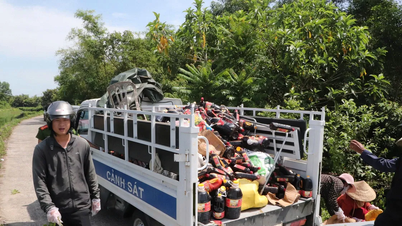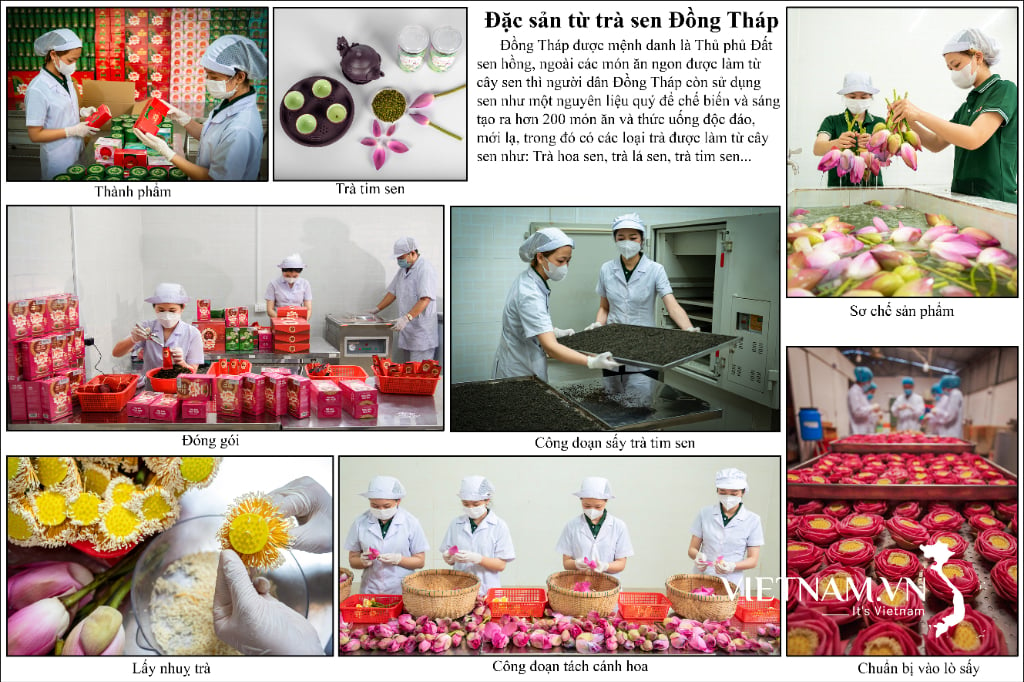About 1.8 million Vietnamese children under 5 years old are stunted, of which 230,000 are acutely malnourished, 90% of whom are not diagnosed or treated.
This is a survey by the United Nations Children's Fund (UNICEF), discussed by experts at the Nutrition Symposium taking place from June 2 to June 5 in Spain. Accordingly, 1.8 million Vietnamese children under 5 years old are currently stunted, meaning that one in every five children is in this condition. Of these, 230,000 children with acute malnutrition are at least 12 times more likely to die from common diseases, not to mention the medical costs when they are hospitalized. Up to 90% of them have not been diagnosed and treated.
Acute malnutrition is a condition in which the body does not receive enough energy and protein for its needs, which can cause stunting or edema. Children with acute malnutrition have a 5-20 times higher risk of death than normal children.
To date, there has been no other study on the rate of acute malnutrition in children in Vietnam. According to the Ministry of Health , in recent years, Vietnam has improved its nutritional status and improved people's health. The rate of stunting in children under 5 years old has decreased over the past 20 years, from more than 56% in 1990 to nearly 20% in 2020. However, Vietnam is still facing many nutritional problems, disparities between regions, especially mountainous and disadvantaged areas compared to cities and plains. This rate in the Northern mountainous region is more than 37% and in the Central Highlands is nearly 29%. More than 31% of ethnic minority children are stunted, twice as high as the Kinh group (15%).
"Stunting, also known as chronic malnutrition, is a serious concern in Vietnam, affecting the stature and health of young children," said Ann Smith, co-leader of Abbott's Center for Malnutrition Solutions.

Dr. Susan Abdel-Rahman diagnoses a child's health condition using a mid-arm circumference measuring device, June 4. Photo: Le Nga
Malnutrition is also a threat in many countries. In 2022, at least 30% of children in 28 countries will be stunted. South Asia has the highest rate of wasting in the world . In Mexico, one in eight children under 5 is chronically malnourished, mainly in southern and rural states. Colombia has more than half a million chronically malnourished children under 5, and Ecuador has 23%.
Ann says it is a common misconception that malnutrition is caused by not getting enough calories. In fact, malnutrition comes in many forms and is not always easy to diagnose. For example, wasting (low weight for height), stunting (low height for age) and overweight (above normal weight for height or age).
A YouGov survey of more than 1,000 parents in the US found gaps in parents’ understanding of malnutrition. Only 29% of parents consulted a doctor or nutritionist about malnutrition in their children. Fifty-nine percent of parents were familiar with the term “stunting” and 64% were familiar with “wasting.”
Many parents miss important warning signs. More than 47% of parents do not recognise the link between malnutrition and its 10 symptoms as defined by the World Health Organisation and the NHS, such as loss of appetite, feeling tired all the time, feeling weaker, behavioural and emotional problems...
Earlier this year, the United Nations identified malnutrition as a threat to children’s long-term health and development, calling for urgent action to address the problem. But experts say improving nutrition requires the involvement of parents, communities, local communities and countries.
On this occasion, Real Madrid Club, Real Madrid Foundation and Abbott cooperated to launch the Global Campaign to Fight Malnutrition . The campaign aims to provide malnutrition screening tools for localities and sponsor anti-malnutrition programs at sports and social schools under the Real Madrid Foundation.
The screening tool is the MUAC z-score, a tool that helps detect malnutrition in children. The inventor of the tool, Dr. Susan Abdel-Rahman, said the tool is simple for parents to use at home for children aged two months to 18 years to determine whether their children are over- or undernourished. It is expected that 10,000 of the tools will be donated to communities in need, including Vietnam.
Vietnam aims to reduce the rate of stunting in children under 5 years old to below 19% by 2030; the rate of underweight malnutrition to below 10.5%. To achieve this goal, the Ministry of Health is promoting behavioral changes in nutritional care in the first 1,000 days of a child's life, including: nutritional care for pregnant women, exclusive breastfeeding for the first 6 months, appropriate complementary feeding, and micronutrient supplementation.
Le Nga
Source link



![[Photo] Prime Minister Pham Minh Chinh chairs the national online conference on combating smuggling, production and trade of counterfeit goods.](https://vphoto.vietnam.vn/thumb/1200x675/vietnam/resource/IMAGE/2025/6/23/4a682a11bb5c47d5ba84d8c5037df029)
![[Photo] Prime Minister Pham Minh Chinh holds meeting to launch exhibition of national achievements to celebrate 80th National Day](https://vphoto.vietnam.vn/thumb/1200x675/vietnam/resource/IMAGE/2025/6/23/0c0c37481bc64a9ab31b887dcff81e40)


































![[Photo] Party Congress of the Central Internal Affairs Commission for the 2025-2030 term](https://vphoto.vietnam.vn/thumb/1200x675/vietnam/resource/IMAGE/2025/6/23/5bf03821e6dd461d9ba2fd0c9a08037b)



































































Comment (0)